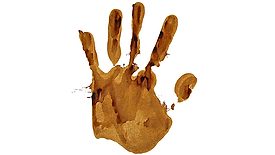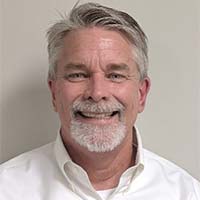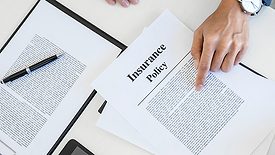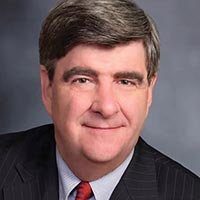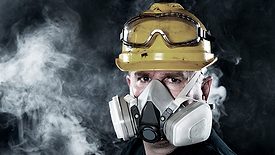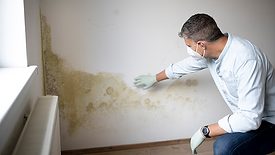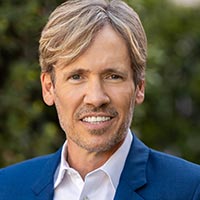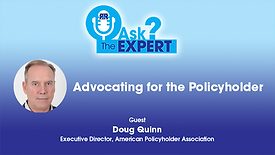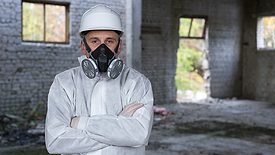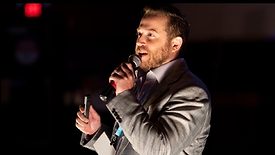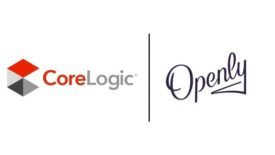Restoration Insurance/Legal Issues
Cross-Examination: Who Is in Charge of Setting Restoration Prices?
‘We Don’t Pay for That.’ Why DON’T You Pay for That?
Read More
Cross-Examination: Uncle Ed Pleads With You for Better Documentation
Break the Vicious Circle With Insurance Adjusters
Read More
Get our new eMagazine delivered to your inbox every month.
Stay in the know on the latest disaster restoration and remediation trends.
SUBSCRIBE TODAY!Copyright ©2022. All Rights Reserved BNP Media.
Design, CMS, Hosting & Web Development :: ePublishing
